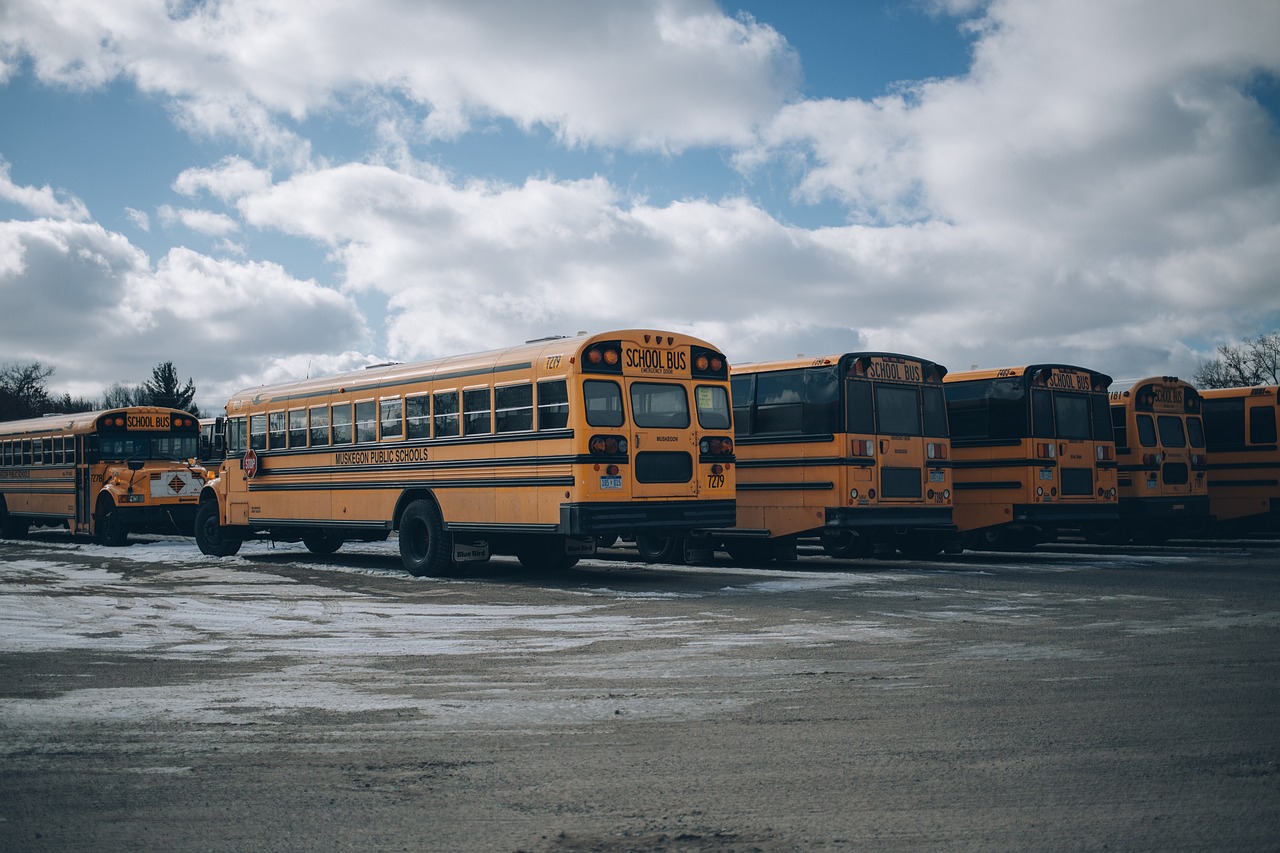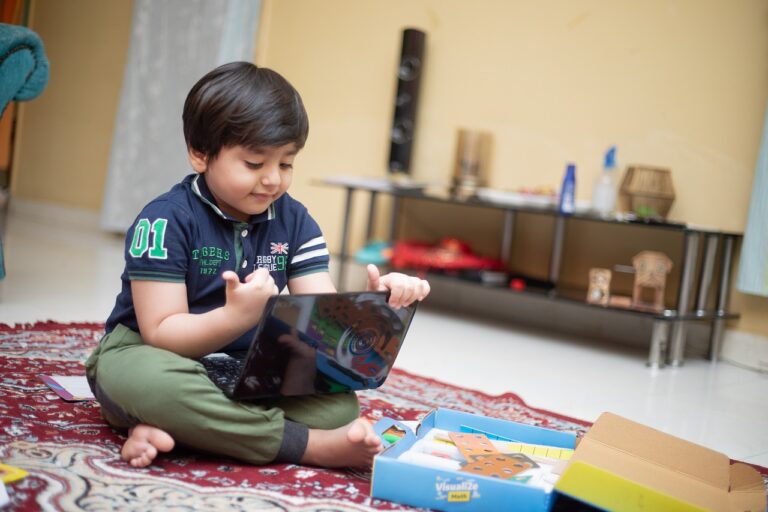Personalized Learning Plans: Tailoring Instruction to Meet Individual Student Needs
Individualized instruction plays a crucial role in meeting the diverse needs of students in today’s educational landscape. By tailoring teaching methods and content to individual learners, educators can better address students at their unique level of understanding and abilities. This approach allows for a more personalized learning experience, fostering deeper engagement and promoting student success.
Moreover, individualized instruction helps cultivate a positive learning environment where students feel valued and supported. It empowers learners to take ownership of their education, encouraging autonomy and self-direction in their learning journey. By recognizing and accommodating the unique strengths and challenges of each student, individualized instruction sets the foundation for a more inclusive and effective educational experience.
• Individualized instruction tailors teaching methods and content to meet the diverse needs of students
• This approach allows for a personalized learning experience, fostering deeper engagement and promoting student success
• Cultivates a positive learning environment where students feel valued and supported
• Empowers learners to take ownership of their education, encouraging autonomy and self-direction in their learning journey
• Recognizes and accommodates the unique strengths and challenges of each student, setting the foundation for a more inclusive educational experience.
Factors to Consider When Developing a Personalized Learning Plan
When developing a personalized learning plan, one of the key factors to consider is the student’s individual learning style. Understanding how a student learns best can greatly inform how instructional materials are curated and delivered. Whether a student is a visual, auditory, or kinesthetic learner, tailoring the learning plan to accommodate their unique preferences can enhance their overall learning experience.
Another important factor to take into account is the student’s current knowledge and skill level. Conducting an initial assessment to gauge a student’s strengths and areas for growth can help in setting appropriate learning goals and determining the level of support needed. By basing the personalized learning plan on a student’s existing knowledge base, educators can ensure that the plan is challenging yet attainable, ultimately leading to greater engagement and progress.
Effective Strategies for Implementing Personalized Learning Plans
One effective strategy for implementing personalized learning plans is to start by conducting a thorough assessment of each student’s unique needs, strengths, and learning preferences. This can involve gathering data from various sources such as standardized tests, teacher observations, and student self-assessments. By gaining a comprehensive understanding of each student’s abilities and learning styles, educators can tailor instruction to meet individual needs more effectively.
Another key strategy is to involve students in the development and monitoring of their personalized learning plans. Encouraging student ownership of their learning goals and progress can increase motivation and engagement. This can be achieved through regular check-ins with students to discuss their goals, provide feedback, and make adjustments to the plan as needed. By fostering a sense of autonomy and responsibility in students, educators can empower them to take charge of their own learning journeys.
What is personalized learning?
Personalized learning is an instructional approach that tailors teaching methods and content to the specific needs, preferences, and interests of each individual student.
Why is personalized learning important?
Personalized learning allows students to learn at their own pace, focus on their areas of interest, and receive individualized support, leading to improved academic performance and overall engagement in the learning process.
How can educators develop personalized learning plans for students?
Educators can develop personalized learning plans by assessing each student’s strengths, weaknesses, learning styles, and interests, and then creating a customized plan that includes specific goals, strategies, and resources tailored to the student’s needs.
What factors should educators consider when developing personalized learning plans?
Educators should consider factors such as students’ academic abilities, learning preferences, cultural backgrounds, and socio-emotional needs when developing personalized learning plans.
What are some effective strategies for implementing personalized learning plans?
Some effective strategies for implementing personalized learning plans include providing students with choice and autonomy, using technology to individualize instruction, offering flexible learning pathways, and regularly monitoring and adjusting the plan based on student progress and feedback.







